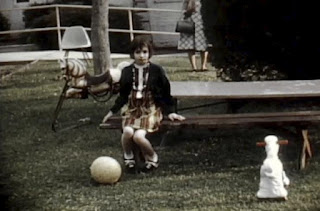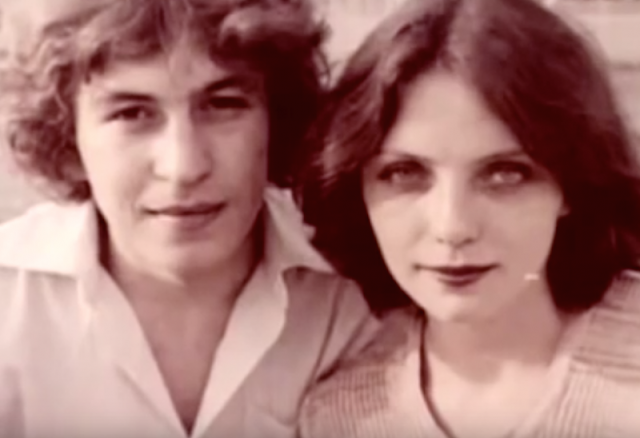The Winchester House Is an Endless Labyrinth to Catch Ghosts
In 1886, Sarah Winchester was a 46-year-old widow with $20 million to her name and a fervent belief that she was being plagued by vengeful spirits. So she did the only natural thing: She bought a house in California and spent the next four decades transforming it into a bewildering labyrinth of false doors, stairways to nowhere, and secret passages.
House Haunters
Sarah Winchester's fortune in 1886 exceeded a value of $500 million in modern dollars, so she wasn't exactly wanting for much. Still, she struggled with her feelings of grief and tragedy on an almost daily basis. Her daughter Annie died at just 40 days old of marasmus, a form of extreme malnutrition caused by an inability to digest proteins. And 15 years later, her husband Oliver Winchester died of tuberculosis, followed shortly by her adult son William. That left the entire wealth of the family business in Sarah's bereaved hands.
That business? Well, you might recognize the name Winchester. Oliver Winchester was the inventor of the Winchester rifle— the "gun that won the West." According to some legends that surround the story, the violence on which the family fortune was raised became a source of pain to Mrs. Winchester, and she began to believe that the many deaths in her family were caused by the restless spirits of those killed by her husband's guns. So she consulted a medium named Adam Coons, who told her the only way to calm the ghosts that haunted her was to purchase a house out west and make it so confusing that even a spirit would get turned around. And thus, the renovations of the Winchester house became her primary project for the rest of her life — another 38 years or so.
Inside the Maze
There's some controversy in that explanation for Sarah Winchester's behavior, and we'll get back to that in a moment. But one thing that can't be denied is that she built something strange and wonderful and absolutely unique. The Winchester House has more than 160 different rooms, including 40 bedrooms, 13 bathrooms, 6 kitchens, 47 fireplaces, 17 chimneys, and more than 2,000 windows (not all leading to the outside). Some of its most notable features include one door that opens onto a 15-foot drop into a kitchen sink, and another that leads to a drop into the garden outdoors. Some of the staircases lead directly to the ceiling with no landing in sight, and may have at one time led to upper levels that no longer exist. In fact, the house was once seven stories tall, but it lost the top three in a massive 1906 earthquake. Rather than repair the rooms that had been destroyed, Mrs. Winchester had them boarded up, and continued expanding her house in different directions.
So if it wasn't ghosts that drove her to build her elaborate home, then what was it? First of all, we should address the tangible evidence that Mrs. Winchester even believed in such a thing. According to her biographer Mary Jo Ignoffo, there's not a lot to suggest she did. There's no record of her meeting the medium Adam Coons (or Koombs, as it's sometimes spelled). There's no evidence that she held the seances that you can still participate in during your visit. Instead, says Ignoffo, Sarah Winchester was merely exercising her architectural ambitions with the immeasurable wealth at her disposal. There would hardly have been much work for a female architect in the early 20th century, but Sarah Winchester's house let her explore her interests without transgressing the mores of the time.
To explore the twists and turns of the Winchester House in all its glory, check out Mary Jo Ignoffo's "Captive of the Labyrinth,"
- Get link
- X
- Other Apps
:quality(75)/curiosity-data.s3.amazonaws.com/images/content/landscape/standard/7cbe21c4-358c-46a5-a0e0-c47056949a20.jpg)


Comments
Post a Comment